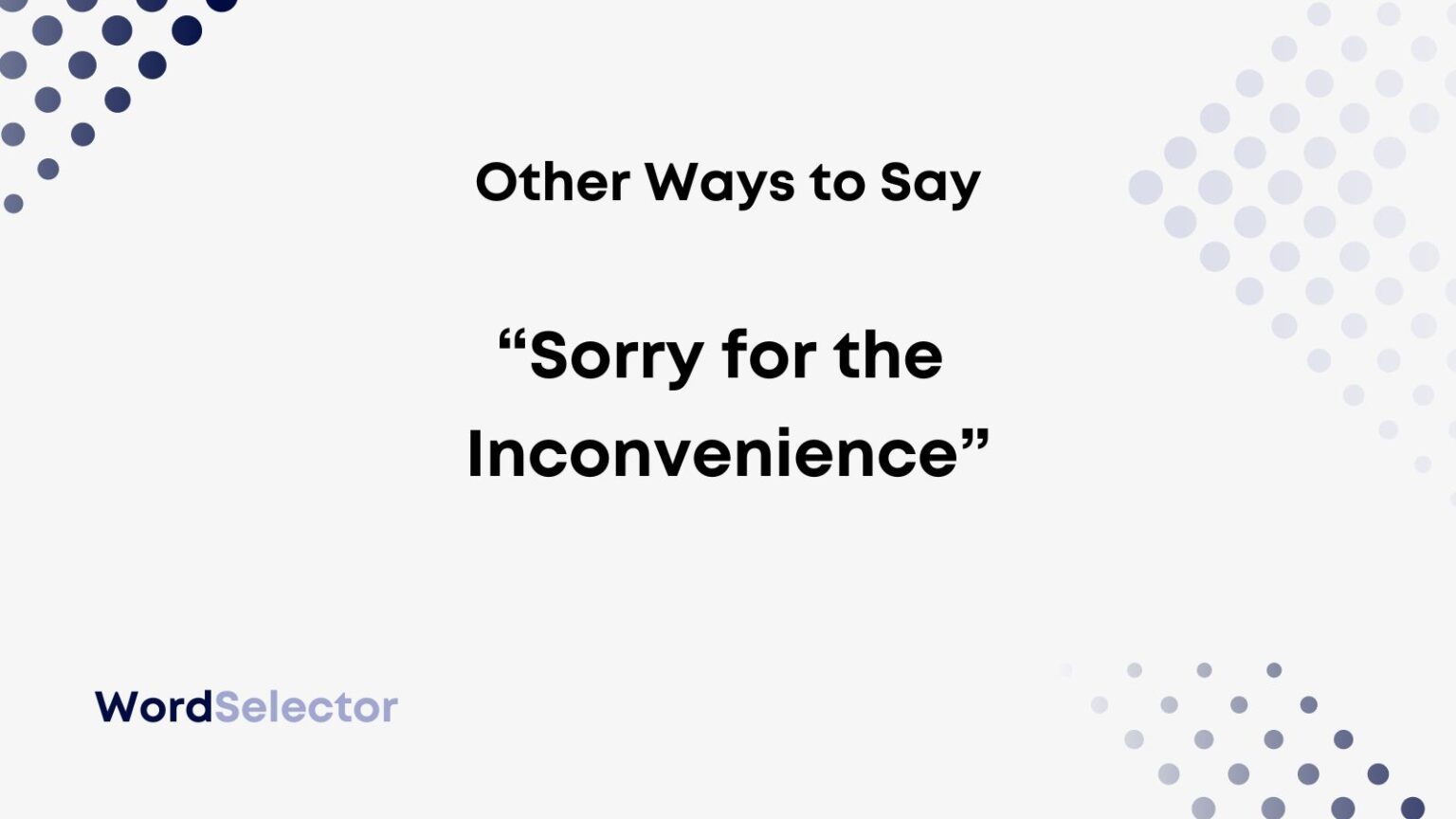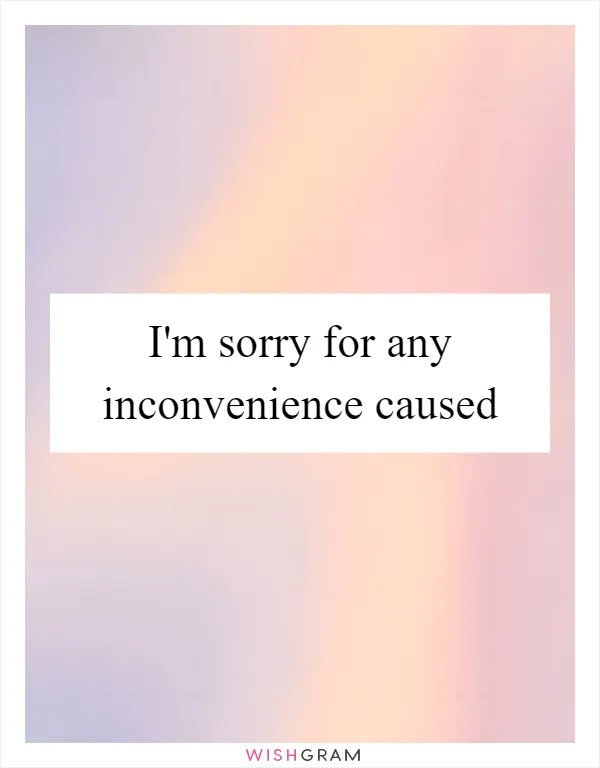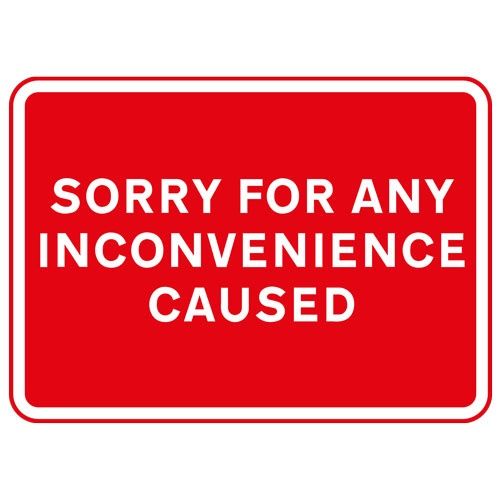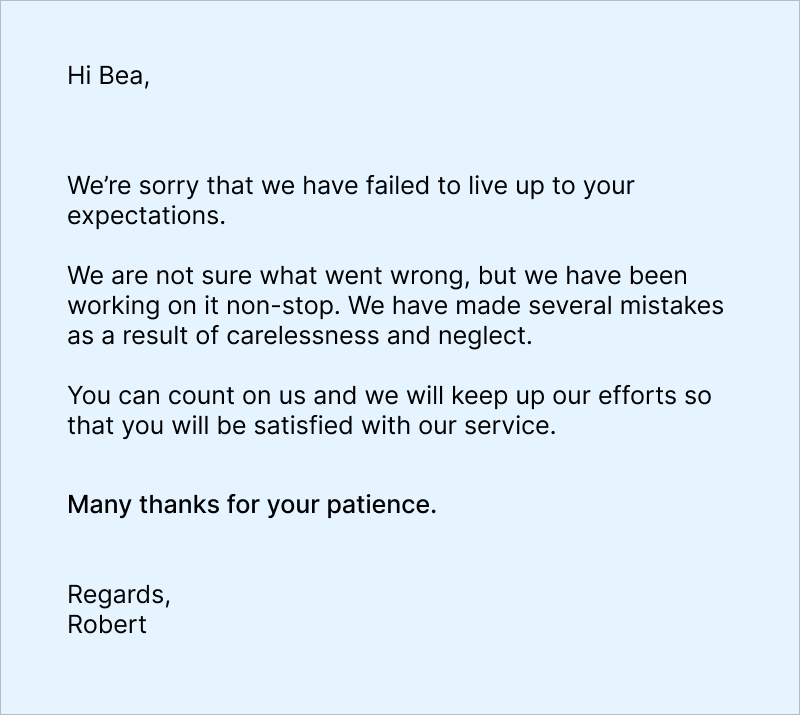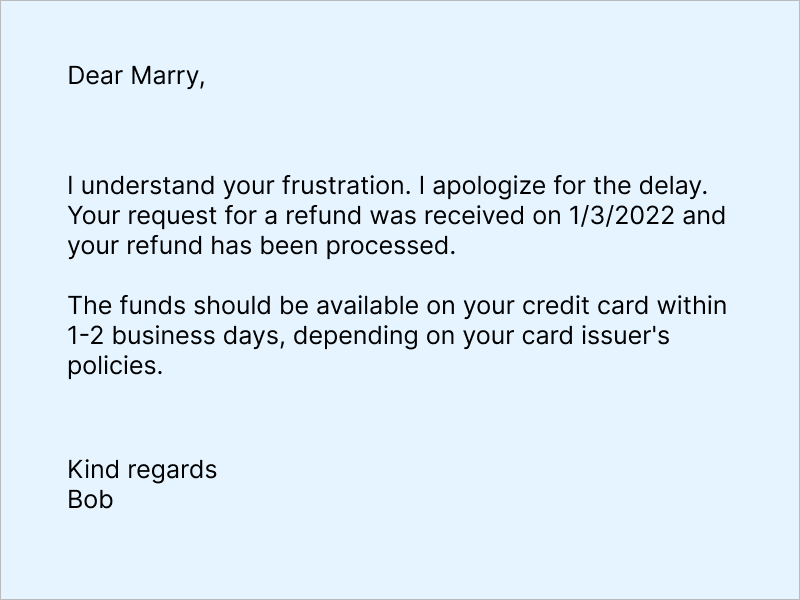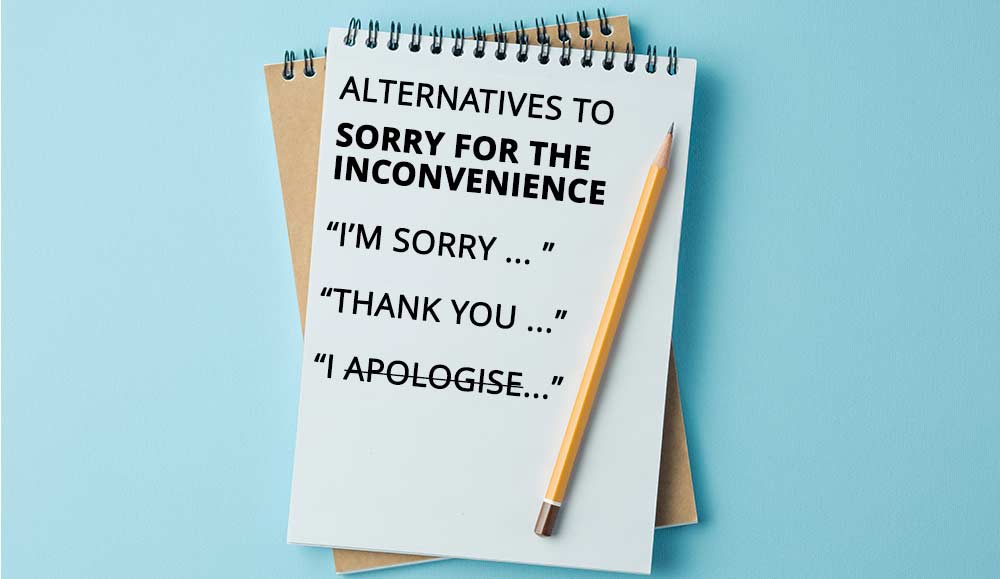Sorry For Causing You Inconvenience

Widespread disruptions continue to plague supply chains, public services, and technological infrastructure globally, prompting a chorus of apologies aimed at placating increasingly frustrated populations. From delayed shipments impacting retail giants to service outages crippling essential government functions, the phrase "Sorry for the inconvenience" has become a ubiquitous, if often hollow, refrain.
This article examines the multifaceted nature of these disruptions, exploring the root causes, the immediate consequences, and the long-term implications for individuals, businesses, and governance. We will dissect the anatomy of these apologies, analyzing their effectiveness in mitigating public discontent and identifying potential pathways toward meaningful solutions.
Supply Chain Snafus: A Ripple Effect
The global supply chain, already strained by geopolitical tensions and pandemic-related bottlenecks, faces renewed challenges. Port congestion, labor shortages, and soaring transportation costs continue to impede the flow of goods, leading to empty shelves and rising prices for consumers.
Major retailers, including Walmart and Target, have issued statements acknowledging shipment delays and inventory shortages. "We are working diligently with our suppliers and logistics partners to minimize disruptions and ensure product availability," stated a Walmart spokesperson in a recent press release.
However, smaller businesses are particularly vulnerable. According to a survey by the National Federation of Independent Business (NFIB), a record percentage of small business owners reported unfilled orders and difficulty sourcing essential materials.
Public Service Disruptions: Eroding Trust
Beyond retail, public services are experiencing significant disruptions, impacting citizens' access to critical resources and eroding trust in government institutions. Website outages, long wait times for government assistance, and delayed processing of vital documents have become increasingly common.
The Social Security Administration (SSA), for example, has faced criticism for backlogs in processing disability claims. In a statement released last month, the SSA acknowledged the delays and attributed them to staffing shortages and increased demand for services.
“We understand the frustration and anxiety caused by these delays,” the statement read. “We are committed to improving our service delivery and reducing processing times.”
Technological Infrastructure: A House of Cards?
Reliance on digital infrastructure has intensified, even minor disruptions can cascade into major problems. Recent cyberattacks and software glitches have crippled critical systems, disrupting communication networks, financial transactions, and essential utilities.
A major outage at a cloud computing provider last year impacted thousands of websites and online services.
"We sincerely apologize for the inconvenience this caused to our customers and their users,"the company stated in a tweet, offering minimal explanation for the root cause of the problem.
This incident highlighted the vulnerability of centralized digital infrastructure and the potential for single points of failure. Experts are calling for increased investment in cybersecurity and redundancy to mitigate future risks.
The Anatomy of an Apology: Sincerity vs. Spin
The effectiveness of an apology hinges on its sincerity, transparency, and tangible commitment to addressing the underlying issues. Simply uttering "Sorry for the inconvenience" without concrete action can exacerbate public frustration and damage trust.
Consumer advocacy groups argue that companies and government agencies must provide clear explanations for the disruptions, offer realistic timelines for resolution, and compensate affected individuals where appropriate. Vague assurances and empty promises are no longer sufficient.
Dr. Amelia Stone, a professor of crisis communication at the University of California, Berkeley, notes, "A sincere apology acknowledges the harm caused, accepts responsibility, and outlines specific steps to prevent recurrence. Without these elements, it rings hollow."
Looking Ahead: Building Resilience
Addressing these widespread disruptions requires a multifaceted approach that emphasizes resilience, diversification, and proactive risk management. Businesses must diversify their supply chains, invest in robust cybersecurity measures, and develop contingency plans for unexpected events.
Government agencies must prioritize investments in critical infrastructure, streamline processes, and enhance their capacity to respond to emergencies. Furthermore, fostering greater collaboration between the public and private sectors is essential.
Ultimately, moving beyond superficial apologies requires a commitment to systemic change and a willingness to prioritize the needs and well-being of citizens above short-term economic gains. The future hinges on our ability to learn from these disruptions and build a more resilient and equitable world.




